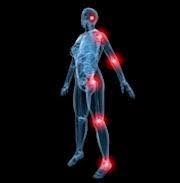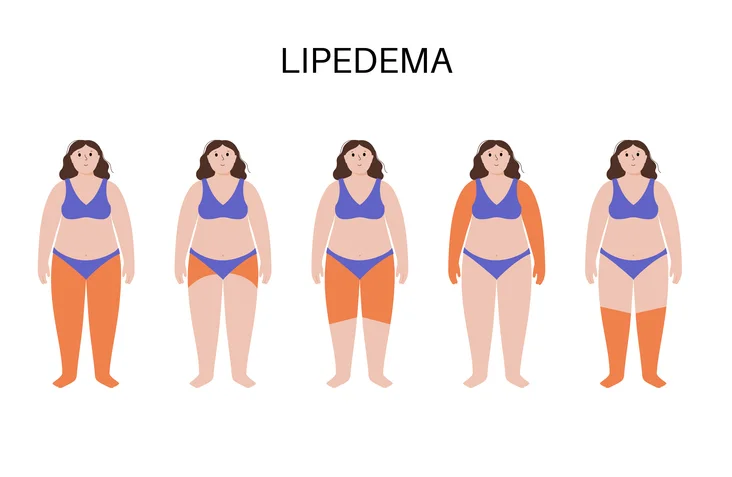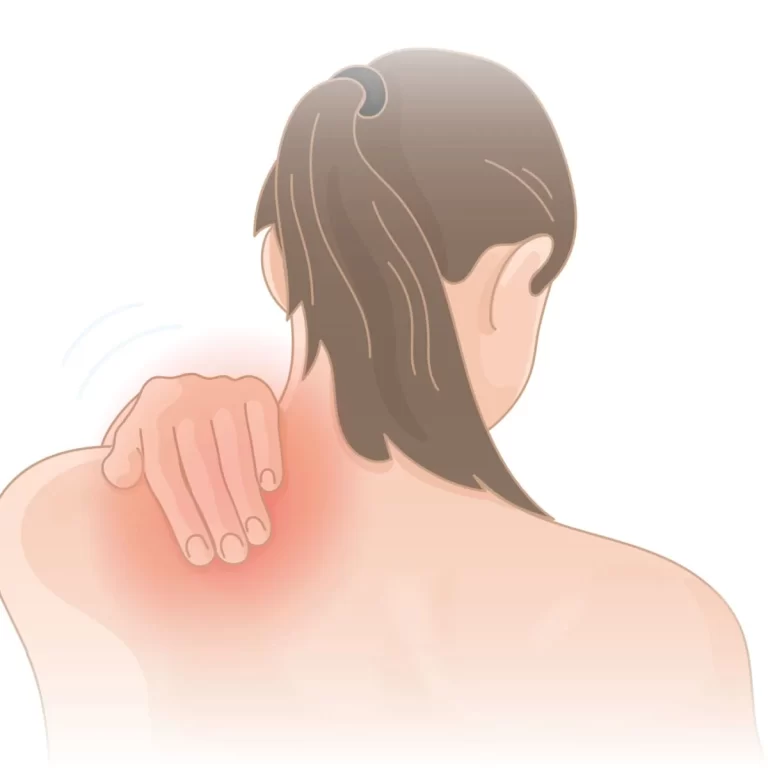Central Pain Syndrome
Table of Contents
What is a Central Pain Syndrome?
- Central pain syndrome can affect a large portion of the body or may be more restricted to specific areas, such as hands or feet. The amount of pain is usually related to the cause of the central nervous system injury or damage.
- The term for the specific subtype of central pain syndrome caused by Central nervous system damage because of central post-stroke pain. Pains described as central pain in such conditions as Parkinson’s disease are not like central pain and have different pathophysiology and treatment: these are termed central-pain-associated conditions.
- Central Pain Syndrome (CPS) is a rare neurological condition caused by damage to the sensory pathways in the central nervous system, like the brain and spinal cord.
- Central pain syndromes affect millions of American people, but the exact number is still unclear. While people can have overlapping disorders, estimates for some CSS conditions in the United States include Fibromyalgia: 2% of adults6. Chronic fatigue syndrome: 0.25% to 0.75% of adults7.
Definition
Central pain syndrome is a neurological condition that is caused by damage or dysfunction of the central nervous system (CNS), which includes the brain, brainstem, and spinal cord.
Classification
- spinal cord injury (SCI) pain and central post-stroke pain (CPSP) both are classified as central pain syndromes, they might have different etiologies.
Subdivisions of Central Pain Syndrome
- Brain central pain (BCP)
- Cord central pain (CCP)
- Dejerine-Roussy syndrome (obsolete)
- thalamic pain syndrome (obsolete)
- thalamic syndrome (obsolete)
Symptoms
CPS is characterized by a mixture of pain sensations.
- The constant sensation of burning is sometimes increased by light touch.
- Pain also increases with temperature changes, mostly at low temperatures.
- A loss of sensation or decrease in sensation can occur in intact areas, most prominently on distal body parts mostly the feet and hands
- Central pain syndrome can be limited to a particular area of the body such as the hands or feet or might be covered over a large portion of the body.
- Some areas of the body may be most intensely affected than other areas.
- Pain can be changing during the day and can be affected by many factors including touch, emotions such as stress, certain movements or overall level of activity, and temperature changes, especially cold temperatures.
- The onset of central pain syndrome can differ from days to weeks to months or more than a year after the injury to the central nervous system. , though the disorder can also affect immediately after an injury or within a day.
- In several cases, central pain syndrome remains a long-term condition.
What are the Causes of Central Pain Syndrome?
- The brain, brainstem, or spinal cord. Such damage is often associated with a stroke, multiple sclerosis, spinal cord (but also brain) injury, or brain tumors.
- Central pain syndrome can also be seen after neurosurgical procedures like brain or110 spine.
- Trauma.
- Infections.
- Degeneration.
- Structural defects.
- CNS Tumors.
- Autoimmune disorders.
- Stroke.
Differential diagnosis
Central pain is seen in many chronic pain disorders, like
- fibrositis
- painful bladder syndrome,
- TMJ syndrome
- irritable bowel syndrome.
- central pain syndrome includes rheumatologic disorders like
- polymyalgia rheumatica (PMR)
- myopathy or myositis
- rheumatoid arthritis
- psoriatic arthritis, or lupus.
Investigation
- A diagnosis of central pain syndrome is based on the identification of characteristic symptoms, a detailed patient history, a thorough clinical evaluation, and a variety of specialized tests.
- transcranial direct current stimulation proper history physical examination Magnetic resonance imaging (MRI)
Treatment of Central Pain Syndrome
Medication
- low Spinal Cord electrical Stimulation signals can stop pain signals from reaching the brain.
- systems like Spinal Drug Delivery System help people with cancer or chronic pain.
- Patient-Controlled Analgesia (PCA) Pump has many plusses for pain control.
- Bioelectric Therapy This therapy can reduce pain messages to the brain and also safe alternative treatment.
- Surgery and Pain At last there are surgical options to treat pain.
- Treating Pain in Children there is a difficult task involved in treating pain in children by obtaining an objective and accurate measurement of the pain.
- Alternative Treatments for Chronic Pain strong evidence has accumulated regarding the benefits of mind-body therapies, acupuncture, and some nutritional supplements for treating pain.
- Narcotic Pain Medications -for it first we have to know about the risks vs. advantages of narcotics used to treat severe pain.
- Nerve Block Injections and Pain (Local Anesthesia) When a local anesthetic is injected, it causes a nerve block which blocks the pain.
- Trigger Point Injections injections are used to treat serious muscle “knots” called trigger points.
medicine for pain relief
- amitriptyline (Elavil)
- duloxetine (Cymbalta)
- gabapentin (Neurontin)
- pregabalin (Lyrica)
- carbamazepine (Tegretol)
- topiramate (Topamax)
Note these medications will reduce the pain, but they won’t make it go away completely. Natural Pain Relief -Lifestyle changes, physical therapy, and sessions in addition to medication or surgery, can also give pain relief.
Physiotherapy treatment for Central Pain Syndrome
Exercise
Stretching
- If it’s done properly, helps to release stiff muscles, and improve flexibility.
- it helps to improve the range of motion in joints and thus improves mobility and agility.
- Exercises like hamstring stretch relieve the back of leg muscles and help to relieve back pain.
Relaxation exercise
- Exercises like deep breathing and visualization require no equipment and we can do these exercises anywhere.
- This exercise not only decreases pain in people with chronic issues but also improves their stress levels.
Walking
- It is another form of cardio, which can help people with chronic pain.
- This is a light exercise that improves your energy and decreases pain by giving frequent oxygen flow to the muscles.
- Studies prove that fibromyalgia patients can benefit greatly by walking, as can people who have back pain also.
Modalities
TENS (transcutaneous electrical nerve stimulation) for short-term pain relief, how TENS can scramble your brain’s perception of pain.
Interferential Therapy (IFT) stimulation is very useful in the treatment of circulatory and muscular disorders, stiffness of joints, edema, and inflammation. If you suffer from health problems such as cumulative trauma disorders, body pain, or joint injuries, or are pre or post-orthopedic surgery, interferential current therapy is an important option.
Short Wave Diathermy ( SWD ) – is an Electric Machine that is useful in treatment that uses electromagnetic energy to produce deep heating in joints and soft tissues. It uses a high-frequency electric current to stimulate heat generation within body tissue.
Ultrasound (US) if there is any trigger point present we can give this therapy. this is very effective than others in order to treat trigger points.
Alternative Therapy for Central Pain Syndrome
Research shows that acupuncture and other nonmedical treatments can improve the painful condition
Acupuncture
- Acupuncture is an age-old healing practice of traditional Chinese medicine in which thin needles are placed at particular painful points in the body. It’s primarily used to relieve pain but also used to treat other conditions.
- acupuncture reduced pain levels in 50 percent of Trusted sources who tried it, compared with a 30 percent pain reduction in those who did not experience it yet.
Yoga Because it leads to relaxing muscles, encourages deep, restorative breathing, and improves mindfulness
- Pain is a complex thing, so there are so many treatment options medications, therapies, and mind-body techniques. Learn what are the benefits and risks of each, including addiction.
- Natural Pain Relief Lifestyle changes, physical therapy, and counseling in addition to medication or surgery can also bring pain relief.
- Spine Pain and Treatments If you have a painful compression condition in the spine, both surgical and nonsurgical treatments are explored.
FAQ
What are the three conditions of central pain syndrome OR central sensitization?
Fibromyalgia(widespread muscle pain and tenderness), irritable bowel syndrome(IBS), and chronic fatigue syndrome(CFS), all seem to have the common conditions of central pain syndrome or central sensitization.
How common is central pain syndrome?
Central pain syndromes affect millions of American people, but the exact number is still unclear. While people can have overlapping disorders, estimates for some CSS conditions in the United States include Fibromyalgia: 2% of adults6. Chronic fatigue syndrome: 0.25% to 0.75% of adults7.
What disorders result in central neuropathic pain or central pain syndrome?
Central pain syndrome is a neurological condition caused by damage or dysfunction of the central nervous system (CNS), which mainly affects the brain, brainstem, and spinal cord. stroke, multiple sclerosis, tumors, epilepsy, brain or spinal cord trauma, or Parkinson’s disease are the main disorder or condition that leads to central pain syndrome.
Is central pain syndrome rare?
Central Pain Syndrome (CPS) is a rare neurological condition caused by damage to the sensory pathways in the central nervous system, like the brain and spinal cord.
Can central pain syndrome be cured?
No cure for central pain syndrome (CPS) is available. Pain medications, antidepressants, and other types of medications can usually help provide some relief. The condition can dramatically affect the quality of life.





